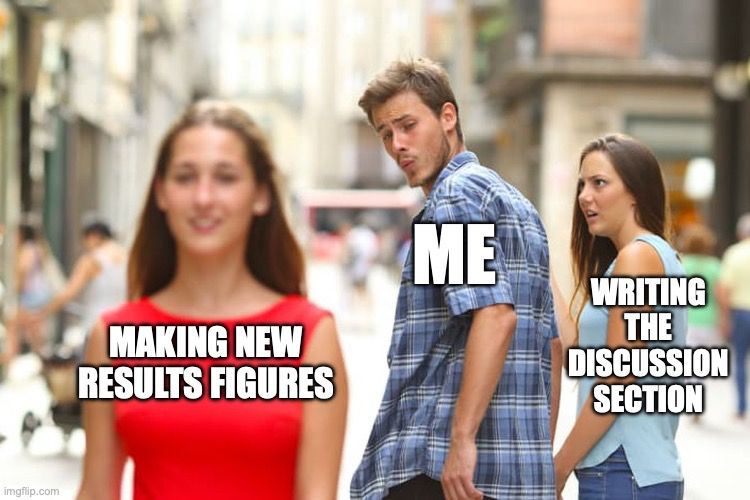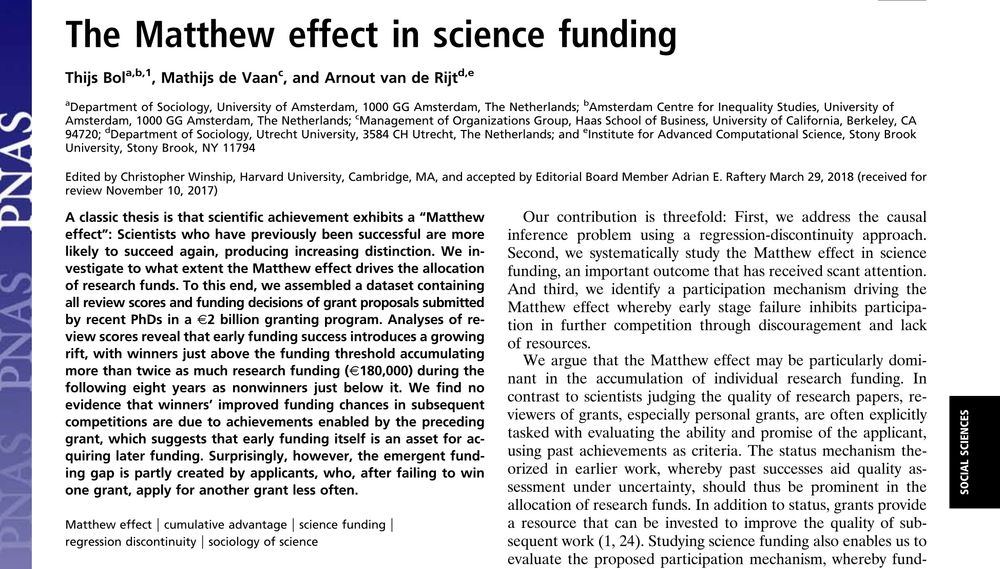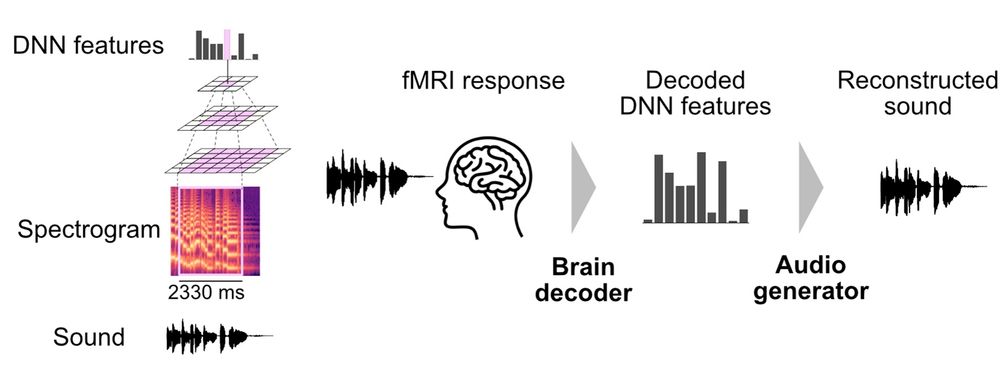Communications Psychology explores how biased expectations about future options shape our decisions. 🧵👇
They have twice as many neurons per brain mass than mammals, including primates.
www.pnas.org/doi/abs/10.1...

They have twice as many neurons per brain mass than mammals, including primates.
www.pnas.org/doi/abs/10.1...
Big thanks to drone pilot Félicie Dhellemmes.
1/n
youtu.be/I_RH2diXcAk
Big thanks to drone pilot Félicie Dhellemmes.
1/n
youtu.be/I_RH2diXcAk


Key finding: We discovered neural evidence accumulation for visual perception that's independent of report preparation—recorded from >3000 channels across 3 experiments!
#Neuroscience #Consciousness #OpenAccess
Key finding: We discovered neural evidence accumulation for visual perception that's independent of report preparation—recorded from >3000 channels across 3 experiments!
#Neuroscience #Consciousness #OpenAccess
We study how humans explore a 61-state environment with a stochastic region that mimics a “noisy-TV.”
Results: Participants keep exploring the stochastic part even when it’s unhelpful, and novelty-seeking best explains this behavior.
#cogsci #neuroskyence


We study how humans explore a 61-state environment with a stochastic region that mimics a “noisy-TV.”
Results: Participants keep exploring the stochastic part even when it’s unhelpful, and novelty-seeking best explains this behavior.
#cogsci #neuroskyence
osf.io/preprints/ps...
🧠📈
osf.io/preprints/ps...
🧠📈
Paper: desenderlab.com/wp-content/u... Thread ↓↓↓
Paper: desenderlab.com/wp-content/u... Thread ↓↓↓
We find that a stimulus' representational magnitude—the L2 norm of its DNN representation—predicts intrinsic memorability not just for images, but for words too.
www.biorxiv.org/content/10.1...

We find that a stimulus' representational magnitude—the L2 norm of its DNN representation—predicts intrinsic memorability not just for images, but for words too.
www.biorxiv.org/content/10.1...
Our new @nature.com paper shows that neural activity switches from an 'evidence gathering' to a 'commitment' state at a precise moment we call nTc.
After nTc, new evidence is ignored, revealing a neural marker for the instant when the mind is made up.
rdcu.be/eGUrv

Our new @nature.com paper shows that neural activity switches from an 'evidence gathering' to a 'commitment' state at a precise moment we call nTc.
After nTc, new evidence is ignored, revealing a neural marker for the instant when the mind is made up.
rdcu.be/eGUrv
*An Ecological and Objective Neural Marker of Implicit Learning of Unfamiliar Identities*
Preprint 👉 osf.io/preprints/ps...
@bfh-ch.bsky.social University of Malta @snsf.ch


*An Ecological and Objective Neural Marker of Implicit Learning of Unfamiliar Identities*
Preprint 👉 osf.io/preprints/ps...
@bfh-ch.bsky.social University of Malta @snsf.ch
Congrats to my amazing collaborators Jeff Nador, Kim Uittenhove & Dario Gordillo and thanks to all #police SRs & control participants!
@bfh-ch.bsky.social, EPFL, @snsf.ch, Polizei Berlin
link.springer.com/article/10.1...

Congrats to my amazing collaborators Jeff Nador, Kim Uittenhove & Dario Gordillo and thanks to all #police SRs & control participants!
@bfh-ch.bsky.social, EPFL, @snsf.ch, Polizei Berlin
link.springer.com/article/10.1...
Using novel behavioral tasks, fMRI, RL & RNN modeling, and transcranial ultrasound stimulation (TUS), we demonstrate the causal role of hippocampus in relational structure learning.
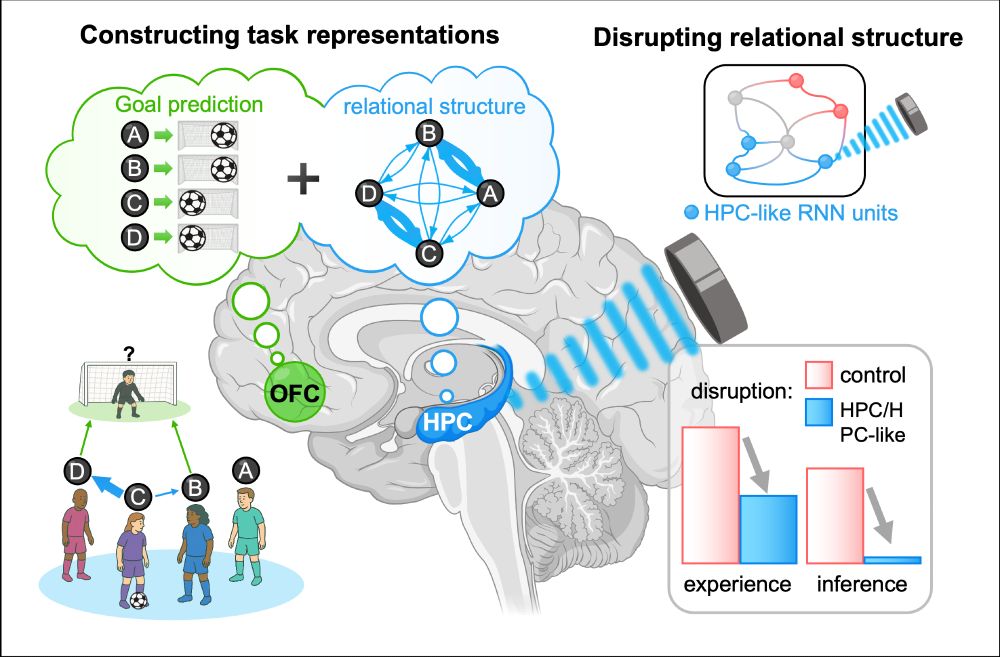
Using novel behavioral tasks, fMRI, RL & RNN modeling, and transcranial ultrasound stimulation (TUS), we demonstrate the causal role of hippocampus in relational structure learning.
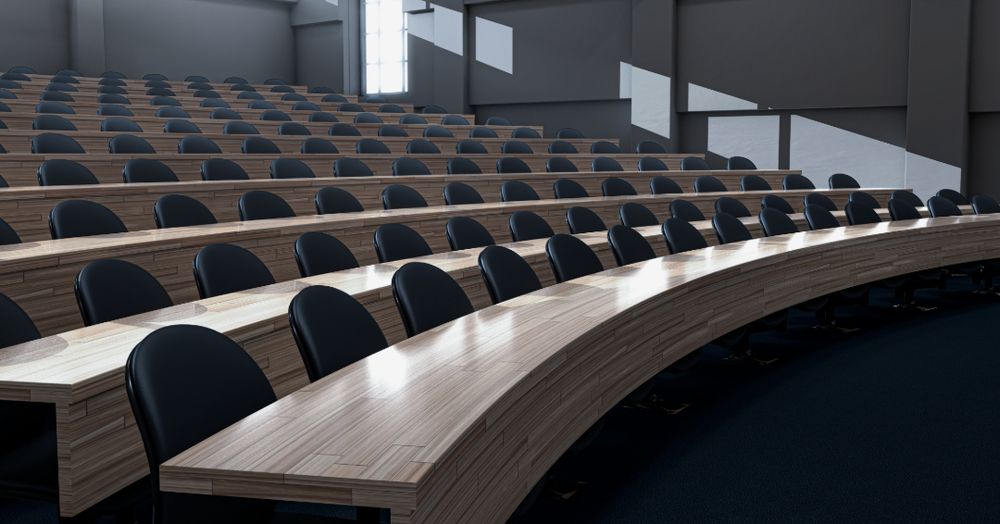

@amandakrobinson.bsky.social @jesstaubert.bsky.social
www.nature.com/articles/s44...

@amandakrobinson.bsky.social @jesstaubert.bsky.social
www.nature.com/articles/s44...
